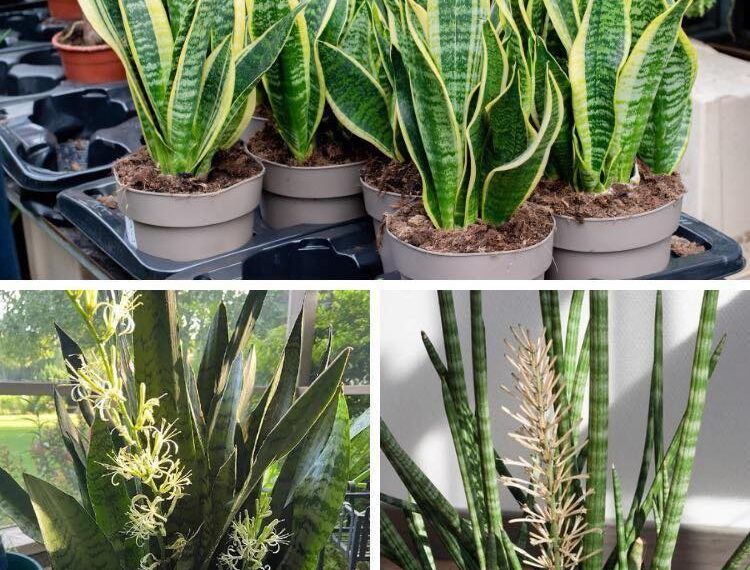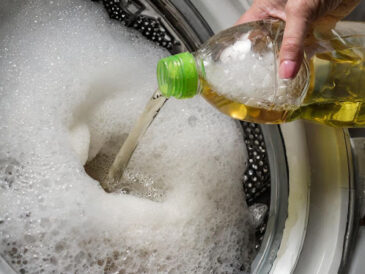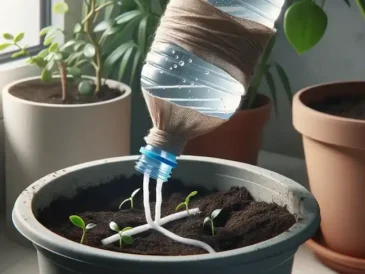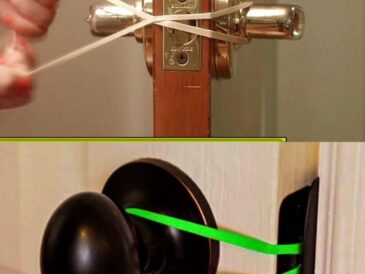If you notice that leaves are wilting or yellowing despite regular watering sessions, this could be a sign that you’re overwatering your snake plant. Additionally, root rot can occur if there is too much standing water in the pot – so make sure not to over-water.
You may also see brown spots on leaves which indicate an excess amount of moisture in the air around them due to humid conditions caused by frequent mistings or overly wet soil.
Fertilizing your snake plant is not necessary for most varieties since they grow slowly, however some types do benefit from occasional fertilization with a balanced liquid fertilizer diluted at half strength once per month during spring and summer months only.
Be careful not to over-fertilize though as too much fertilizer can cause leaf burn which will damage the health of your plants.
Watering and fertilizing your snake plant is essential for its health, but it can be tricky to get the balance right.
Fortunately, understanding common problems with caring for a snake plant can help you better care for yours so that it thrives.
Common Problems with Caring for a Snake Plant
Pests and Diseases Affecting Your Snake Plant:
Pests and diseases can be a common problem when caring for a snake plant. Common infestations that may be encountered when caring for a snake plant include mealybugs, spider mites, scales, aphids, thrips, whiteflies and fungus gnats; these organisms feed on the sap of the plant which can lead to yellowing or wilting of leaves.
Yellowing or wilting of leaves may be caused by these pests which feed on the sap of your snake plant. To prevent these pests from infesting your snake plant you should regularly inspect it for signs of infestation such as webbing or small bugs on the leaves.
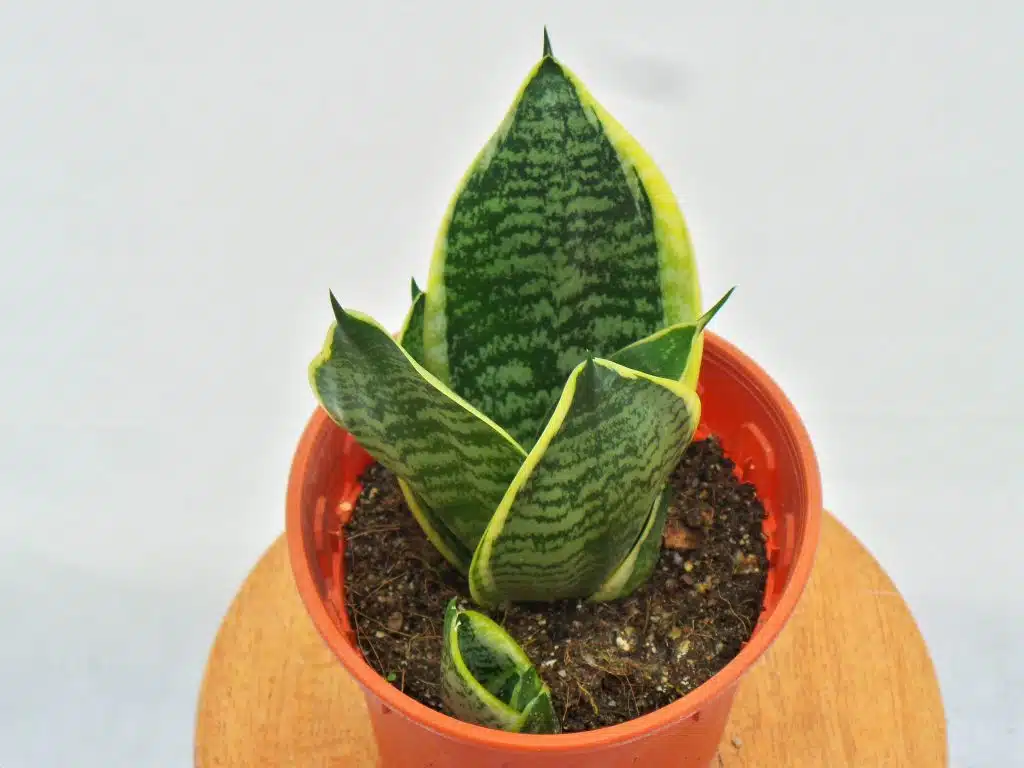
If you do find any signs of pest activity you should treat them with an insecticidal soap or neem oil to kill off any existing pests before they spread further throughout your houseplant collection.
Signs of Underwatering in Your Snake Plant:
Another common problem with caring for a snake plant is underwatering it. Signs that your snake plant needs more water are drooping leaves and brown tips on its foliage due to lack of moisture in the soil.
It’s important to check the soil moisture level regularly by sticking your finger into the potting mix up to 1 inch deep; if it feels dry then it’s time to give your snake plant some water until excess starts draining out from underneath its pot (you don’t want soggy roots).
You may also notice that older leaves start turning yellowish-brown as this is another sign that there isn’t enough water being provided for optimal growth conditions.
FAQs in Relation to Snake Plant Care
How often do you water a snake plant?
Snake plants are renowned for their ease of care, needing infrequent hydration. Generally, you should water your snake plant once every two to three weeks. Make sure the soil is completely dry before watering again.
During winter months, reduce watering even further; only water when the top inch of soil has dried out completely.
When in doubt, it’s better to underwater than overwater as too much moisture can cause root rot or other issues with your plant. Utilize lukewarm H2O, and abstain from frigid or scorching water, as this can startle the flora.
Do snake plants need full sun?
No, snake plants do not need full sun. They prefer bright indirect light or partial shade. Snake plants can tolerate low light conditions but will grow more slowly and may have fewer leaves in these conditions.
If you want your snake plant to thrive, make sure it gets plenty of bright, indirect sunlight throughout the day.
How much light does a snake plant need?
Snake plants, also known as mother-in-law’s tongue or Sansevieria trifasciata, are a popular houseplant due to their low maintenance needs. They thrive in bright indirect light but can tolerate low light conditions too.
To ensure optimal growth and health of your snake plant, it is best to provide them with medium to bright indirect sunlight for at least 6 hours per day.

Avoid direct sunlight which may scorch the leaves and cause damage. With the right amount of light, your snake plant will be sure to thrive.
Where should I place a snake plant in my house?
Snake plants make an ideal addition to any abode, being a breeze to tend and requiring little maintenance. They thrive in bright, indirect light but can tolerate lower light levels. Place your snake plant near a window that gets plenty of sunlight or in an area with fluorescent lighting.
Avoid placing it too close to direct sunlight as this could cause the leaves to burn. Ensure the soil is permeable, and irrigate solely when the top inch of dirt has dehydrated totally — excessively moistening can bring about root decay and other problems.
With proper care, your snake plant will bring life and beauty into your home.
Conclusion
Snake plant care is an important part of keeping your snake plants healthy and thriving. By following the location, lighting, watering and fertilizing requirements for a snake plant, you can ensure that your houseplant will look its best.
Should any issues arise in the tending of your snake plant, it is advisable to seek expert advice or delve into online resources for remedial solutions. With proper care and attention, your snake plant will be a beautiful addition to any home.
